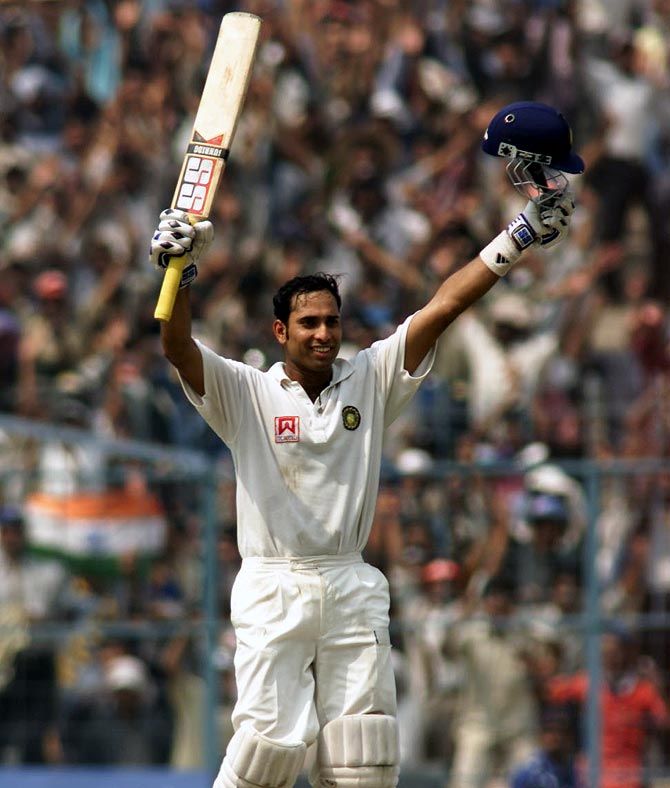Swami and his friends embark on an adventurous escapade, skipping school and indulging in a series of pranks that culminate in breaking the headmaster’s windowpanes. The next day, the headmaster, a stern and imposing figure, enters the classroom with a palpable air of fury.
Swami is Expelled From School Summary

(This -is an extract from the 2nd part of the 12th chapter (broken Panes) of the novel ‘Swami and Friends’ written by RK.Narayan)
Childhood is the theme of the novel ‘Swami and Friends’. Swami and Friends is the story of a 10-year-old boy. The central theme of the novel is growing up of young Swami. He is a spontaneous, impulsive, mischievous and yet a very innocent child. He is a student at Albert Mission School, a school established by the british.
The present extract describes what happened one day in the classroom.
The headmaster entered the class with a flushed face and a hard ominous look. He wanted to punish the mischievous children and read out the names of a dozen students angrily. Swaminathan was one of them. The headmaster gave them a lecture to correct their misbehaviour. He asked them whether they were not ashamed of what they had done the day before. He insisted on explanations from those who were absent yesterday.
He made the students stand on the desks. The students told lies to escape from the headmaster’s anger, but the headmaster knew why they did not come to school yesterday. So he scolded them and gave them blows with a cane. Swami was watching the scene from behind. When he was watching the scene, he saw Rajam, his friend and classmate, with pink ears. This means Rajam was angry with Swami because of some reason. Swami understood that Rajam was angry with him.
Swami’s turn came. Thinking of Rajam’s anger with him, he was incapable to speak. So he was deaf to the headmaster’s question to him. When the headmaster gave a rap on Swami’s body, he came to the real worid. The headmaster asked Swami why he had not come to school the day before. Swaminathan tried to protest by saying that he had never been absent, but the attendance register was there.
So he gave some disjointed explanations for his absence. The headmaster was not satisfied with Swami’s explanations and brought the cane sharply down on Swami’s right shoulder. Swami kept staring at the headmaster with tearful eyes, massaging with his left hand the spot where the cane was laid. The headmaster warned him that he would kill him if he did not give the right answer.
The headmaster turned to a boy and asked him to call the peon. On hearing this Swami thought that the headmaster was going to ask the peon to beat him. Swami thought of biting everybody dead if the peon beat him. The peon came. The headmaster asked the peon to tell him what he knew about that rascal (Swami) on the desk. The peon said that he saw Swami break the panes of the ventilators in the headmaster’s room.
Swami had no chance of escaping and stood staring foolishly. The headmaster gave another whack on Swami’s back. He beat Swami with a cane severely. When Swami asked the headmaster to stop beating, the headmaster brought down the cane four times again. He asked Swami to keep standing on the desk till he announced his dismissal.
The blows pained Swami very much. He could not bear the pain. He got a sudden flood of courage out of his desperation. He restrained the tears that were threatening to msh out. He jumped down, grasped his books and rushed out muttering that he didn’t care for his dirty school.
Conclusion:
Swami is expelled from school, but he is not defeated. He has learned a valuable lesson about the importance of standing up for what is right, even in the face of adversity. His story is a reminder that even the smallest act of rebellion can have a profound impact on the world.















